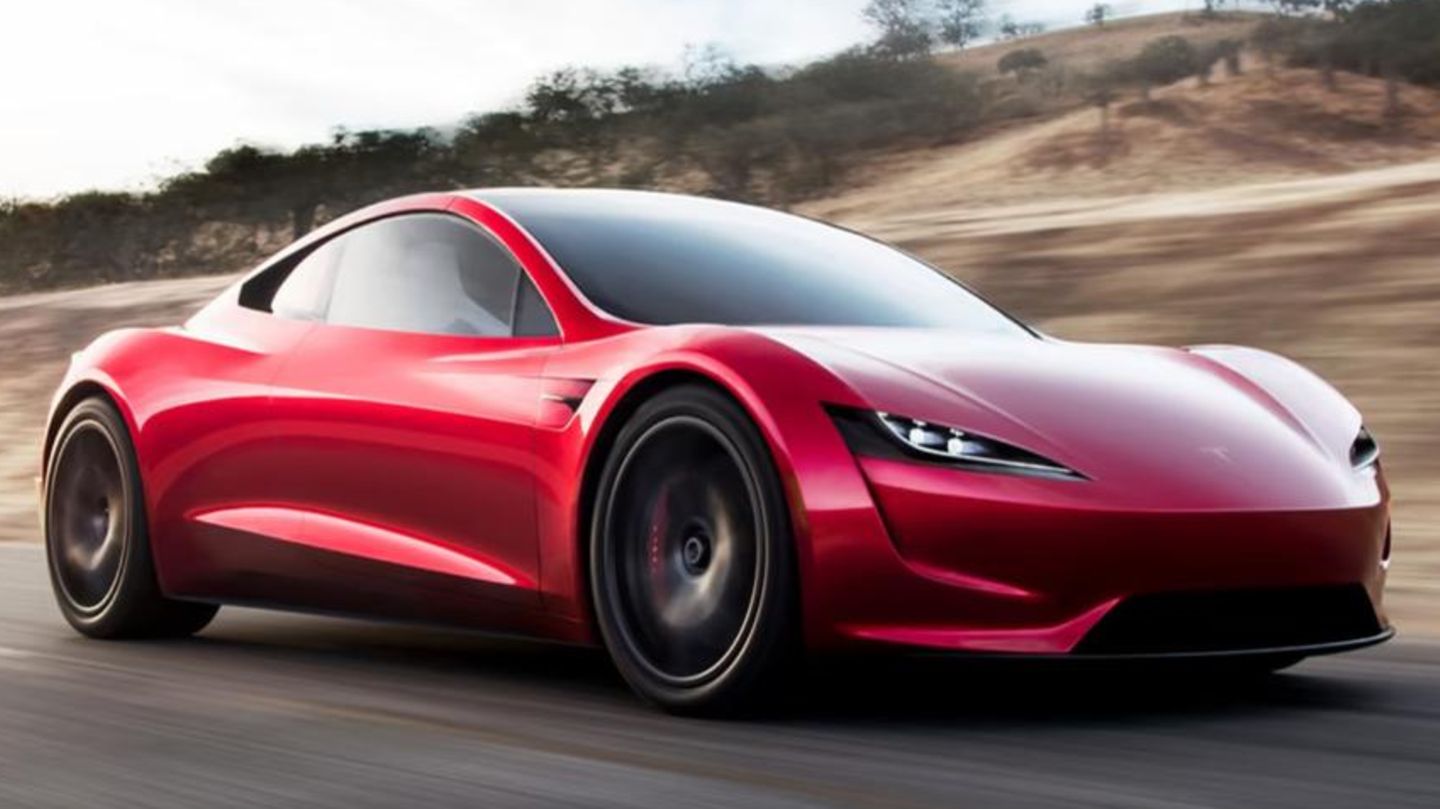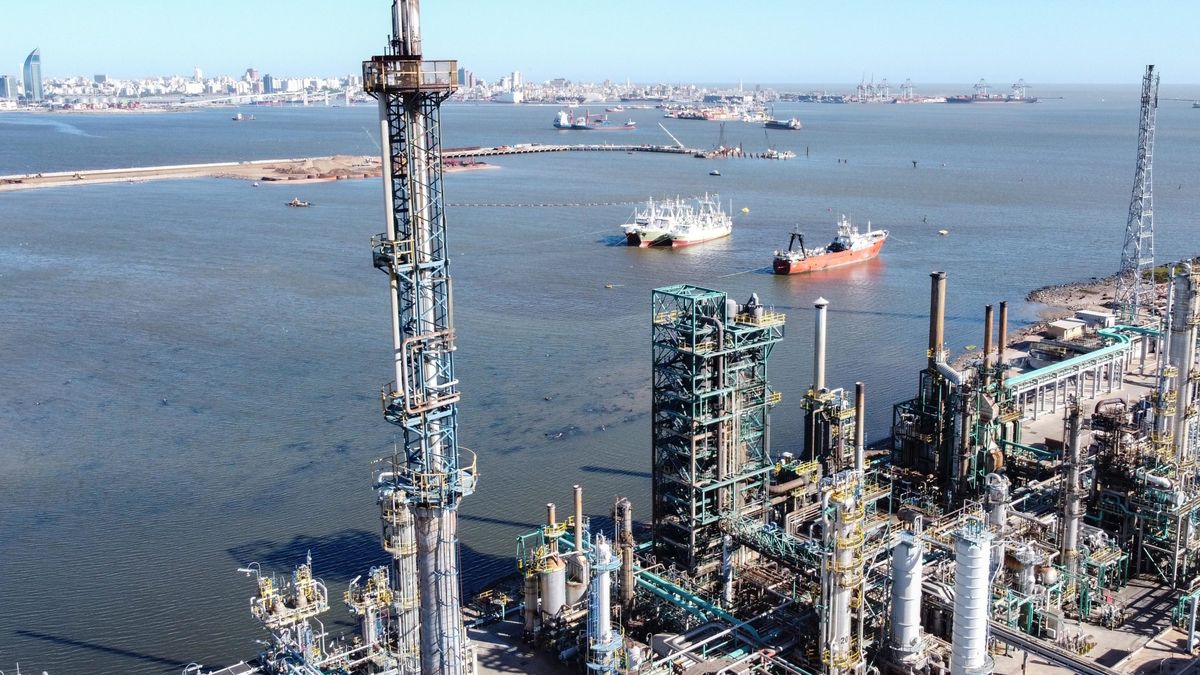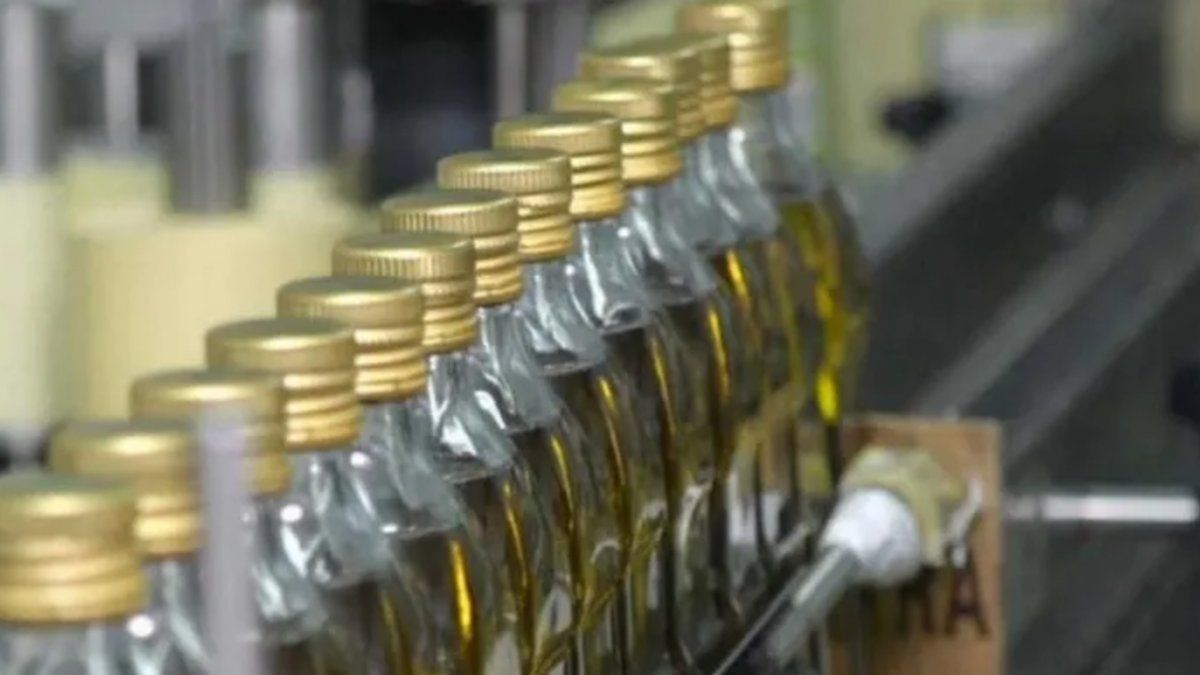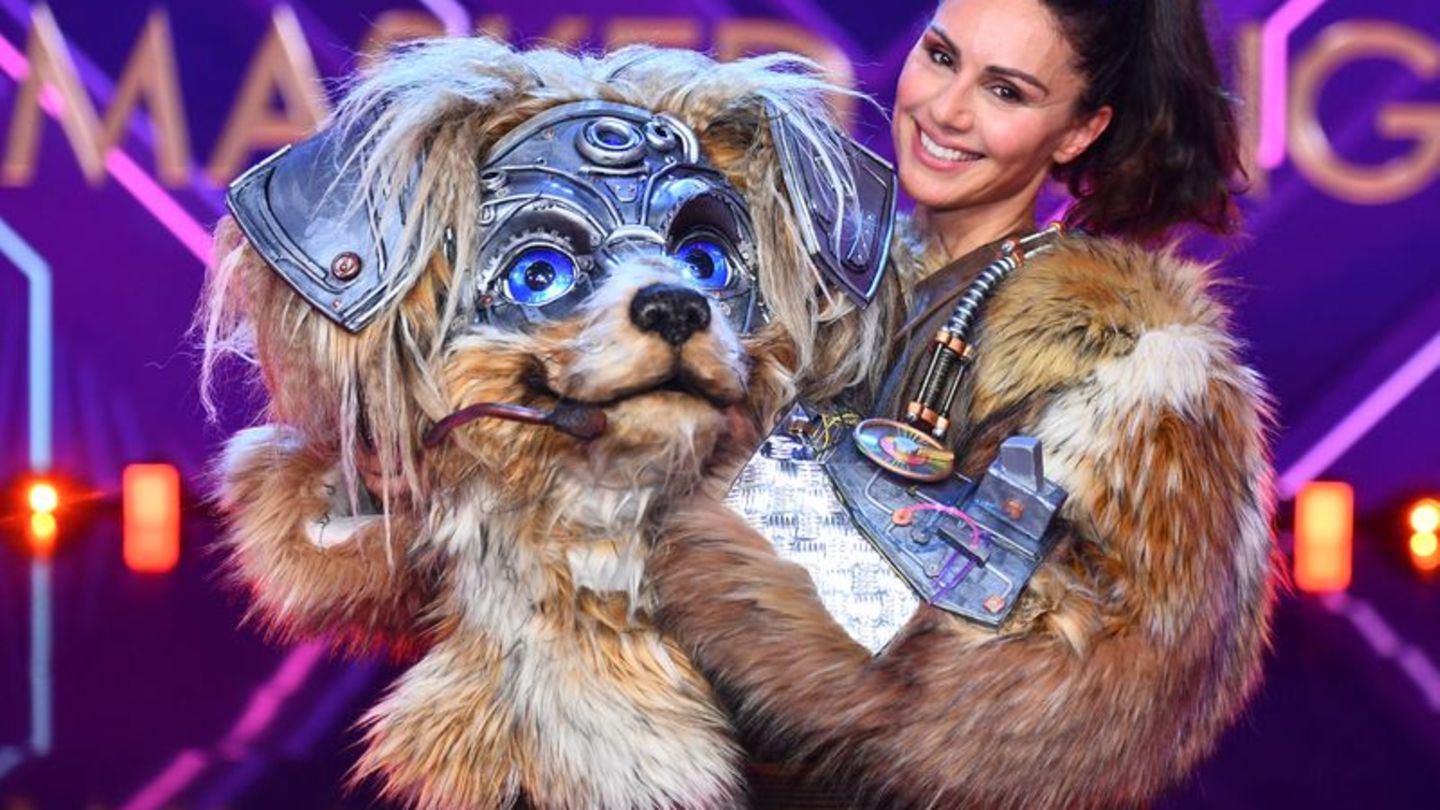Elon Musk wants to explore the limits of what is possible with the new Tesla Roadster. The Tesla boss announced that the sports car should accelerate from a standstill to 100 km/h in less than a second. His competition even thinks the project is possible, but sees major problems.
At the end of February, Tesla boss Elon Musk caused a stir. “Tonight we radically increased the design goals for the new Tesla Roadster. There will never be a car like this again, if you can even call it a car,” he wrote. Musk continued: “I think this will be the most spectacular product demo of all time.” In fact, many people are waiting for Tesla to finally complete the new edition of the Roadster, the cornerstone of the company. The dry spell for fans of the sleek sports car is quite remarkable: Tesla announced a successor to the model as early as 2011, in 2015 it was postponed until 2019, and in 2016 Musk only stated that the project was still in development, but for a few more years “removed”.
Tesla wants to put the Roadster on the road in 2025
Gradually the plan becomes more concrete again. Tesla wants to present the finished car this year, and deliveries are scheduled to begin next year. In order to get the anticipation of potential buyers going again, Musk insisted on leaving a little teaser. When asked how quickly the car accelerated, he replied: “0 to 60 mph (96 km/h) in less than 1 second – and that’s the least interesting part.”
As early as 2018, Musk explained how Tesla wanted to break the record. This was reported, among other things, by “”. Musk indicated that the car would be created in collaboration with his space company SpaceX. He spoke of the so-called “SpaceX package”. Anyone who chooses this previously unpriced additional equipment will have to do without the rear row of seats. Since Musk is talking about “child seats” here anyway, that’s probably not a big loss. Tesla then wants to install a COPV (Composite Overwrapped Pressure Vessel) in the space thus freed up. These are special pressure vessels that enable targeted gas emission and can thus provide additional thrust.
At the time, Musk explained that the SpaceX version’s engines were designed not only for acceleration, but also for braking and to be able to push the vehicle into corners. Such systems do not yet exist in cars.
You have to imagine what an outstanding achievement it would be to get the car up to almost 100 km/h so quickly. Even the currently fastest production vehicle in the world, the Rimac Nevera, can “only” do this in 1.74 seconds. The Tesla Model S Plaid is 1.98 seconds. Prototypes and concepts can do it a little faster, but none of them are less than a second. The McMurtry Speirling currently holds the record at 1.4 seconds – and the car can only achieve this with a trick (you can find out more here).
Mate Rimac believes Tesla’s plans are fundamentally possible
Experts like Mate Rimac, CEO of Bugatti and founder of Rimac, the manufacturer of the Nevera, are therefore rather critical of the implementation of the project.
When asked about Musk’s information about the performance of the roadster, Rimac insisted on providing a lengthy explanation of how and under what circumstances this performance was possible. He even assumes that Tesla could do it and writes: “With thrusters it is possible […] but the problem is that you release the air in 2-3 seconds and then drag around a lot of dead weight (tanks, compressor, valves, nozzles, etc.). The same applies to fans (as with Speirling, editor’s note) – they only provide more grip, but you need around 30,000 Newton meters at the wheels to accelerate from 0 to 100 km/h in under a second. That means you need huge motors, inverters, gearboxes, drive shafts, etc.”
Fast speedster
Old School Cool: These “vintage cars” were among the fastest cars of the eighties
But that wouldn’t be enough, continues Mate Rimac. Quite the opposite. Because you can’t put too much weight on the road for such performance. He continues: “The car also has to be super light, otherwise you can’t create much additional pressure with the fans, as the tires would be overloaded very quickly on any type of car with ‘normal supercar’ weight, especially electric cars. […] So thrusters are really the only option available. But they also come with a lot of disadvantages.”
However, Tesla seems to have an answer to the criticism that you are carrying around “dead weight”. The pressure in the bottles should be continually built up again by pumping, so that the thrust would theoretically be available again and again and the entire system would not be idle until it was filled manually.
Thrusters raise many questions
It remains exciting to see how Tesla plans to build the additional components into the car that will obviously be needed for the record performance mentioned. The Roadster cannot be a lightweight because, in addition to pure performance, Tesla also promises a range of 1,000 kilometers, which would be impossible to achieve with a small battery. In previous announcements it was said that the battery should hold around 200 kilowatt hours – twice as much as the power storage of a Model S P100D.
Drive turnaround
1881 to today: The history of the electric car is longer than expected
A cold gas drive, which has not yet been used in any car, also brings with it completely different challenges. For example, the question arises as to whether use off closed routes would even be legal and whether gas emissions are safe enough for road traffic. This is probably part of the disadvantages that Mate Rimac spoke about.
Source: Stern
I’m a recent graduate of the University of Missouri with a degree in journalism. I started working as a news reporter for 24 Hours World about two years ago, and I’ve been writing articles ever since. My main focus is automotive news, but I’ve also written about politics, lifestyle, and entertainment.




